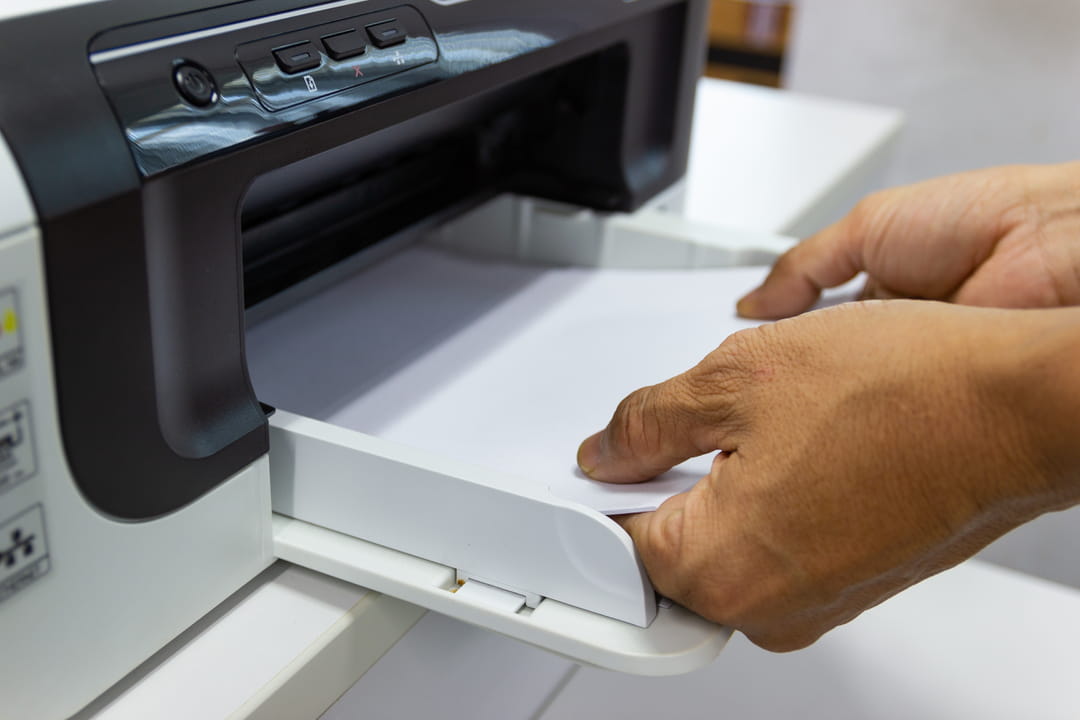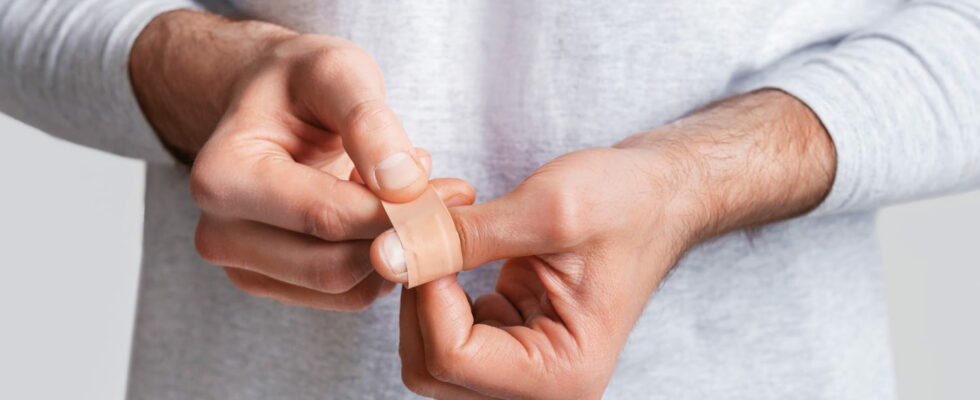It’s a situation that everyone has already experienced: cutting your finger with a piece of paper. Some types of paper are actually more dangerous than others.
Who has never injured themselves while handling paper, whether closing an envelope, retrieving paper from the printer, or turning the page of a book too quickly? These simple little cuts are often not serious, but they can be annoying, especially because of the blood that flows. The high concentration of nociceptors in the fingers, nerve endings responsible for pain, explains why such a small wound can cause some discomfort.
This is why physicists from the Technical University of Denmark, in a study published in Physical Review, sought to find out what type of paper is most likely to cut. For their experiments, they took sheets of paper of different thicknesses and slid the paper at a controlled speed and at different angles across an artificial finger, created using a gelatin that replicates human flesh.

They quickly found that it is not necessarily the thinnest edges that are the most dangerous. They are, in fact, so fragile that they deform on contact with the skin rather than cutting it. Conversely, very thick papers are not sharp and will only leave a small imprint. Thus, it is the in-between papers that we must fear: a thickness between 50 and 100 micrometers, with an optimal cutting aspect at 65 micrometers, depending on the result of the study. They are then robust enough to retain their structure but thin enough to slice.
What does this thickness correspond to? This is equivalent to dot-matrix printer paper, but which is now little used. Next comes the glossy paper of certain magazines, then newsprint. “Although tissues, books and photos are generally safe, we cannot exclude certain risks associated with the use of office paper or magazines,” assures the study.
The angle at which the paper is taken is also important: the most significant cut is caused around an angle of 15° in relation to the skin. Above all, it is important to handle the paper with care. “The habits and dexterity of the user also play a role,” recall the specialists.
“These results allow us to assess the relative safety of various product categories in general,” the scientists explain. The researchers hope that paper manufacturers or printers could take such results into account in the “design process” of their product. It can also, conversely, be used to create cutting products with inexpensive materials: for example, researchers have succeeded in designing a paper scalpel with which they cut apple peels.
